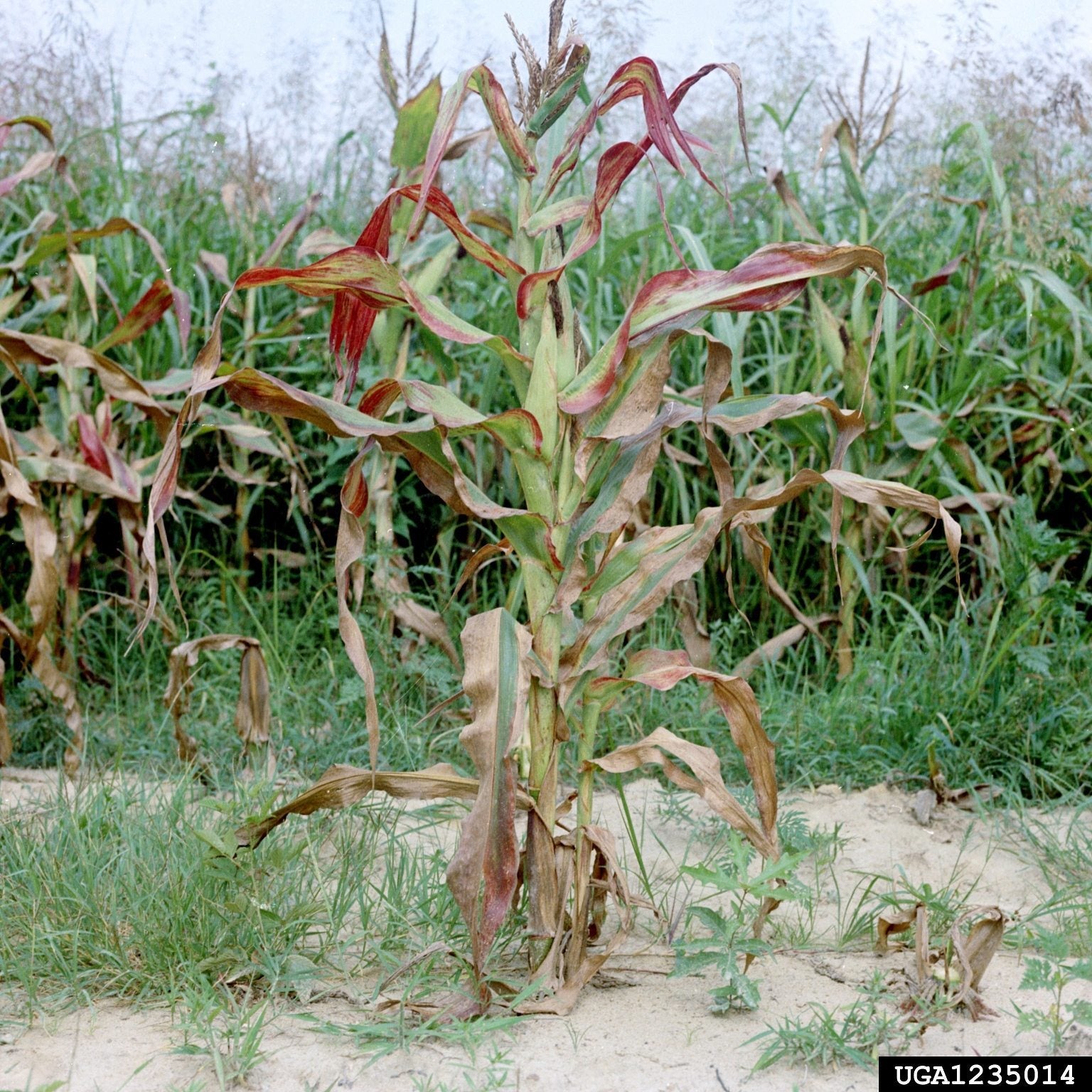Treating Stunt In Corn – How To Manage Stunted Sweet Corn Plants


As the name suggests, corn stunt disease causes severely stunted plants that may not exceed 5 feet in height (1.5 m.). Stunted sweet corn often produces multiple small ears with loose and missing kernels. Leaves, especially those near the top of the plant, are yellow, gradually turning reddish purple. If your sweet corn shows signs of corn stunt disease, the following information may help you manage the problem.
Sweet Corn Stunt Causes
Stunt in sweet corn is caused by a bacterial-like organism known as spiroplasma, which is transmitted from infected corn to healthy corn by corn leafhoppers, small insects that feed on corn. The bacteria overwinters in adult leafhoppers, and the pests infect corn in early spring. Symptoms of stunt in sweet corn usually appears about three weeks later.
How to Manage Sweet Corn with Stunt
Unfortunately, there are currently no chemical or biological treatments approved for corn stunt disease. Chemical products for leafhoppers aren’t usually effective. This means prevention is key to reducing sweet corn with stunt. Here are some tips on preventing stunt in sweet corn that might help: Plant corn as early as possible – preferably in early spring, as planting at this time may reduce, but not eliminate, the appearance of leafhoppers and corn stunt disease. The disease tends to be much worse in corn planted in late spring to early summer. If possible, harvest all corn by the middle of autumn to decrease the chance of sweet corn stunt the following spring. Destroy any volunteer corn plants that sprout following harvest. The plants can often provide a winter home for leafhopper adults and nymphs, especially in climates with mild winters. Reflective mulch, a thin film of silver plastic, may repel corn leafhoppers and slow the spread of stunt disease. Remove weeds around corn plants first, then cover the beds with the plastic and anchor the edges with rocks. Cut small holes for planting corn seeds. Remove the film before temperatures get high to avoid the burning of corn plants.
Sign up for the Gardening Know How newsletter today and receive a free copy of our e-book "How to Grow Delicious Tomatoes".

A Credentialed Garden Writer, Mary H. Dyer was with Gardening Know How in the very beginning, publishing articles as early as 2007.